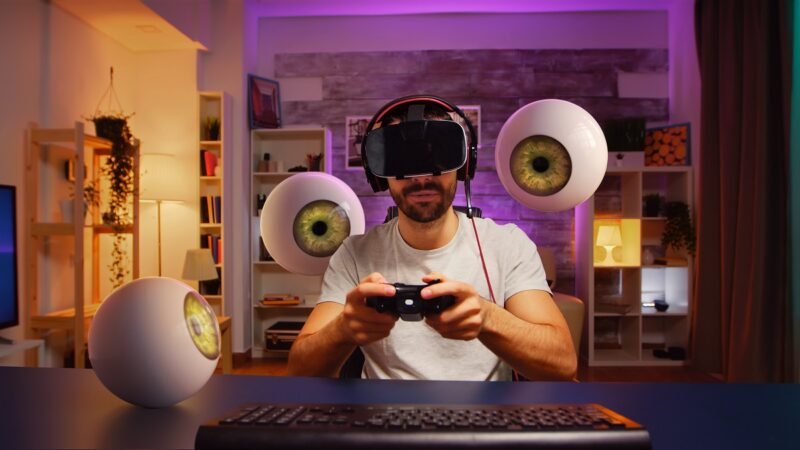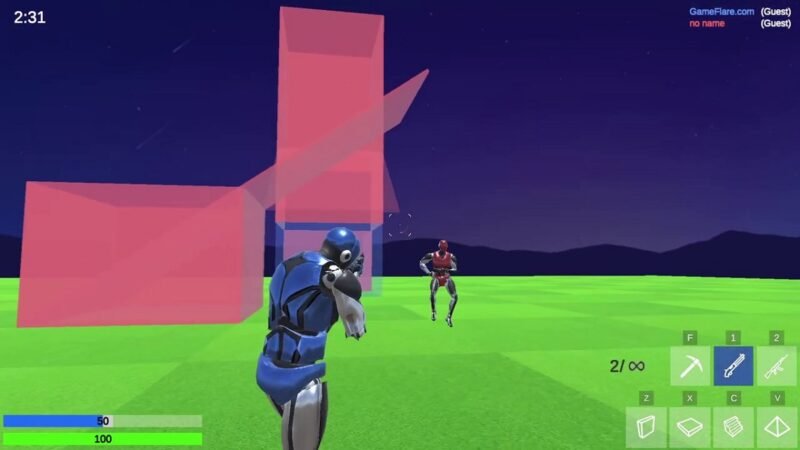Gface: A Look into the Gaming and Social Platform

In today’s digital world, social interaction and gaming have become inseparably linked, with many platforms striving to offer users the best of both worlds. One such platform that has captured attention for blending these two aspects is Gface. Developed by Crytek, Gface offers users a social networking experience combined with the ability to play high-quality games seamlessly through their web browsers. Let’s dive into what Gface is, how it works, and what makes it stand out from the plethora of gaming platforms available today.
The Origins of Gface
Gface was conceived by Crytek, the German video game developer best known for its cutting-edge games like Crysis and the Far Cry series. Known for pushing the boundaries of gaming technology, Crytek’s entry into the social gaming space with Gface was a bold move aimed at offering something beyond traditional gaming environments. Launched in 2012, Gface was designed as a browser-based platform that would merge online gaming with a social network where players could interact, share content, and collaborate.
Crytek envisioned Gface as more than just another gaming service. They aimed to build a fully integrated environment that would allow users to connect with friends, play games, and participate in real-time activities, all without needing to leave their browsers. The philosophy was to simplify the gaming experience while maintaining a high level of quality.
How Gface Works
At its core, Gface is a platform that allows users to play games without having to download or install them. It leverages cloud technology, which means the games are streamed directly to the user’s browser. Much like modern cloud gaming services such as Nvidia GeForce Now or Xbox Cloud Gaming. This approach removes the traditional barriers of hardware limitations, allowing users with lower-end devices to enjoy high-quality games.
Beyond gaming, Gface integrates a robust social network where users can communicate in real time. Share game achievements, organize multiplayer matches, and even stream live gameplay sessions. The platform emphasizes collaboration, enabling players to form groups, discuss strategies, and jump into games together without the hassle of switching between multiple apps or platforms.
The interface of Gface is sleek and intuitive, designed to be accessible to gamers and casual users alike. The dashboard is organized into several key sections. Including a social feed, game library, and a discovery section where users can find new games or players to connect with. Gface also offers chat functionality, so players can keep in touch with friends while gaming or watching their favorite streamers.
Games and Content on Gface
Crytek intended Gface to house a variety of games, from first-person shooters and action-adventure titles to puzzle games and casual experiences. The platform initially launched with several Crytek-developed games such as Warface, a free-to-play online multiplayer first-person shooter. Warface was a standout title on the platform due to its high-quality graphics, fast-paced gameplay, and cooperative multiplayer modes.
In addition to Crytek’s proprietary games, Gface was meant to host a range of third-party titles. Crytek’s vision was to create a diverse ecosystem where players could access not only AAA-quality games but also indie and casual games that appealed to a broader audience. The platform supported various genres, ensuring that there was something for everyone.
One of the unique aspects of Gface was its social integration within the gaming experience. Players could jump into a game with friends at any moment, invite others to watch or participate, and even share tips and strategies in real time. The platform fostered a sense of community, similar to what users experience on platforms like Discord or Twitch.
Challenges and Setbacks
Despite its ambitious goals, Gface faced several challenges that prevented it from becoming the dominant player Crytek hoped it would be. For one, the competition in the gaming space was fierce. The rise of platforms like Steam, which already had a large and dedicated user base. Made it difficult for Gface to attract enough users to become a viable competitor. Furthermore, technical limitations in cloud gaming during the early 2010s meant that some users faced performance issues. Including latency or poor graphics quality, which hindered the platform’s adoption.
Another challenge was the complexity of integrating high-quality gaming with social networking features. While Gface had the potential to provide a seamless experience, the development process was lengthy and costly. By 2014, Crytek was already facing financial difficulties. Which led to the eventual closure of Gface in favor of focusing on its core game development efforts.
Legacy and Lessons Learned
Although Gface may no longer be around, its influence is evident in the evolution of modern gaming platforms. The concept of cloud-based gaming, which was ahead of its time when Gface was launched, is now a mainstream feature in the gaming world. Platforms like Google Stadia, PlayStation Now, and Xbox Cloud Gaming have taken up the mantle, allowing users to play games without downloading or installing them.
Gface also demonstrated the potential of merging gaming with social networking in a single, unified platform. Services like Discord have since capitalized on the social aspects of gaming, providing a space where gamers can connect, communicate, and share content outside the context of specific games.
Conclusion
Gface was an ambitious platform that sought to change the way people played and interacted with games online. Although it ultimately faced challenges that led to its discontinuation. It laid the groundwork for many of the ideas that are now central to modern gaming experiences. By combining social interaction and gaming into a single, seamless platform. Gface paved the way for future innovations in cloud gaming and real-time collaboration among players. Crytek’s vision may have been ahead of its time, but its legacy lives on in the platforms that continue to push the boundaries of gaming today.



